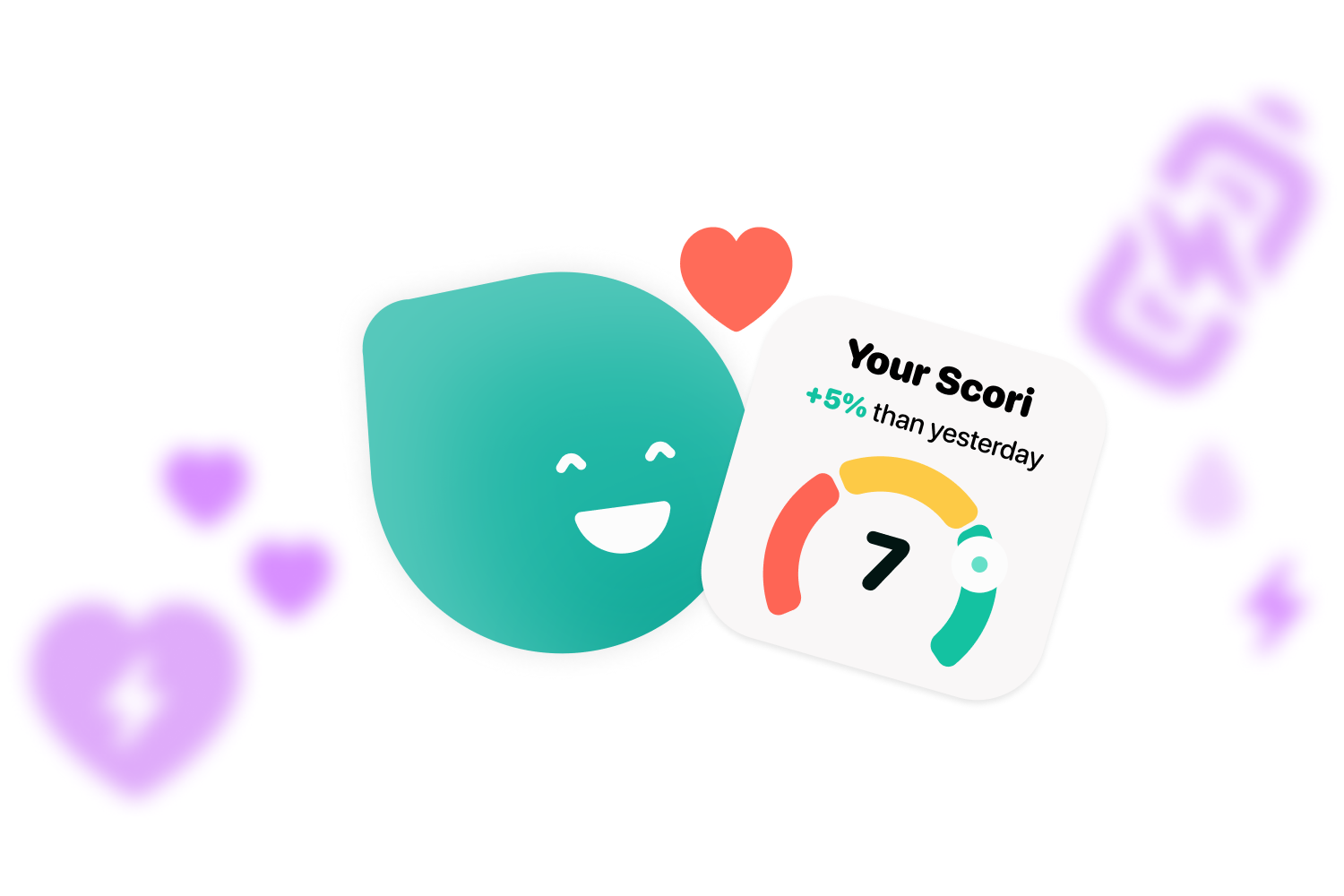Type 1 diabetes is a chronic and irreversible condition. If you want to know more about it, you cannot miss this article.
Diabetes is a metabolic disease, which is characterized by blood sugar levels that are out of the right range. This can happen for many reasons, however, if we talk about type 1 diabetes, it is a chronic and irreversible condition. In this article you will find what is type 1 diabetes, what are its symptoms and a bunch of recommendations that can help you deal with it better.
What is type 1 diabetes?

Type 1 diabetes is a chronic condition in which the pancreas is not able to produce enough insulin, or even any insulin at all. This hormone is responsible for regulating blood sugar, so blood glucose (blood sugar) levels are usually higher than normal until it is diagnosed.
Type 1 diabetes is often diagnosed in children and young adults, so, from a very early age, these people get used to keep a strict control to keep it under control.
Although there is no exact cause for type 1 diabetes, according to several studies, factors such as genetics or some harmful viruses and bacteria can cause this condition.
In these situations, it is the human body’s own immune system that mistakenly destroys the cells in the pancreas responsible for producing insulin.
Symptoms of type 1 diabetes

From the time the cells responsible for insulin production are destroyed to the appearance of the symptoms of type 1 diabetes there can be a long period of time, so it is not immediate. The symptoms, although they are not the same for everyone, could be grouped into the next ones:
- Fatigue
- Weight loss
- Increased thirst
- Increased urination
On many occasions it is diabetic ketoacidosis that exposes a patient’s hidden diabetes. The patient, who has not been diagnosed yet, goes to the doctor with the symptoms mentioned above and sometimes other ones such as dry mouth, nausea and a lot of tiredness.
Once at the doctor, the person has a blood test in which, as a general rule, blood sugar levels are over 300 milligrams per deciliter (mg/dL) or 16.7 millimoles per liter (mmol/L).
Can type 1 diabetes be prevented?

As opposed to type 2 diabetes, type 1 diabetes is not preventable, since, as previously mentioned, it is a chronic condition caused by the inability of the pancreas to create enough insulin.
In fact, there is currently no cure for this condition, however, several tips can be implemented to make it easier to manage type 1 diabetes.
Tips for easier diabetes

If you have just been diagnosed with type 1 diabetes and you want to know what to do to keep it under control, here are some tips that may help you:
Get continuous glucose monitoring sensors
Continuous glucose monitoring (CGM) sensors make much easier to keep your diabetes under control. These small sensors, which are attached to the skin and must be changed every 15 days, will allow you to know at all times how your glucose levels are with a small reading device and without the need to puncture yourself.
Create routines for your type 1 diabetes
Setting guidelines and creating routines, such as meal times, will make your blood glucose levels more stable in long-term. If you struggle to create habits, Cori can help you with its notifications and reminders. Would you like to give it a try?

Become a diabadass!
Join our weekly newsletter and learn
all the tips and tricks.
People with diabetes are especially vulnerable to the dangers of colds and the flu, but there are things you can do to control your symptoms and avoid getting sick in the first place. You may maintain your health even when you’re feeling under the weather by constantly monitoring your blood sugar levels, staying hydrated, getting enough of rest, and adhering to your diabetes management plan. Additionally, you may lower your risk of getting sick and safeguard yourself from any problems by maintaining proper cleanliness, being vaccinated, and generally maintaining good health. Make sure to discuss any worries you may have with your healthcare team for advice and support if you have diabetes and are worried about managing colds and the flu.
Ask your doctor any questions you may have
Your doctor is the person who knows the most about your diabetes. That is why it is recommendable to consult with him and your endocrinologist all the doubts that you may have during the process.
Don’t forget to check your blood glucose levels
Monitoring your blood glucose levels is one of the keys to good diabetes. That is why, especially at the beginning, it is important that you get into the habit of measuring your blood glucose regularly to know how your blood glucose levels react to different situations and know how to recognize possible variations in time.
Exercise
Exercising is an essential factor when you have a diabetes diagnosis, as it helps to improve your health and prevent diseases, in addition to improving your blood sugar control and insulin sensitivity.
However, when practicing physical activity, you will have to keep more control over your levels, since, depending on the chosen activity, your blood glucose levels could be altered, causing hypoglycemia or hyperglycemia.
Eat healthy and balanced
A balanced and varied diet is the key, along with exercise, to having good health. Choosing the right foods is therefore very important in keeping your diabetes under control and maintaining normal blood sugar levels.
Don’t skip your medication if you want to keep your type 1 diabetes under control.
Taking your medication is part of the ongoing treatment that comes with having diabetes. Skipping your treatment, even once, can unbalance your blood glucose levels.
Pay attention to your body’s reactions
Knowing how your body reacts to various situations can help you act in time. If at any time you consider that you are having symptoms that you are not used to have, the best recommendation is to stop what you are doing and measure your blood glucose to find out if this discomfort comes from an alteration in your blood sugar levels.
With this article you will be able to learn the most basic things about type 1 diabetes. However, if you want to know a little more about other types of diabetes or even how to exercise with diabetes safely, you can take a look at blog and don’t forget to follow us on our social media profiles at Instagram, Twitter, Facebook or LinkedIn.




